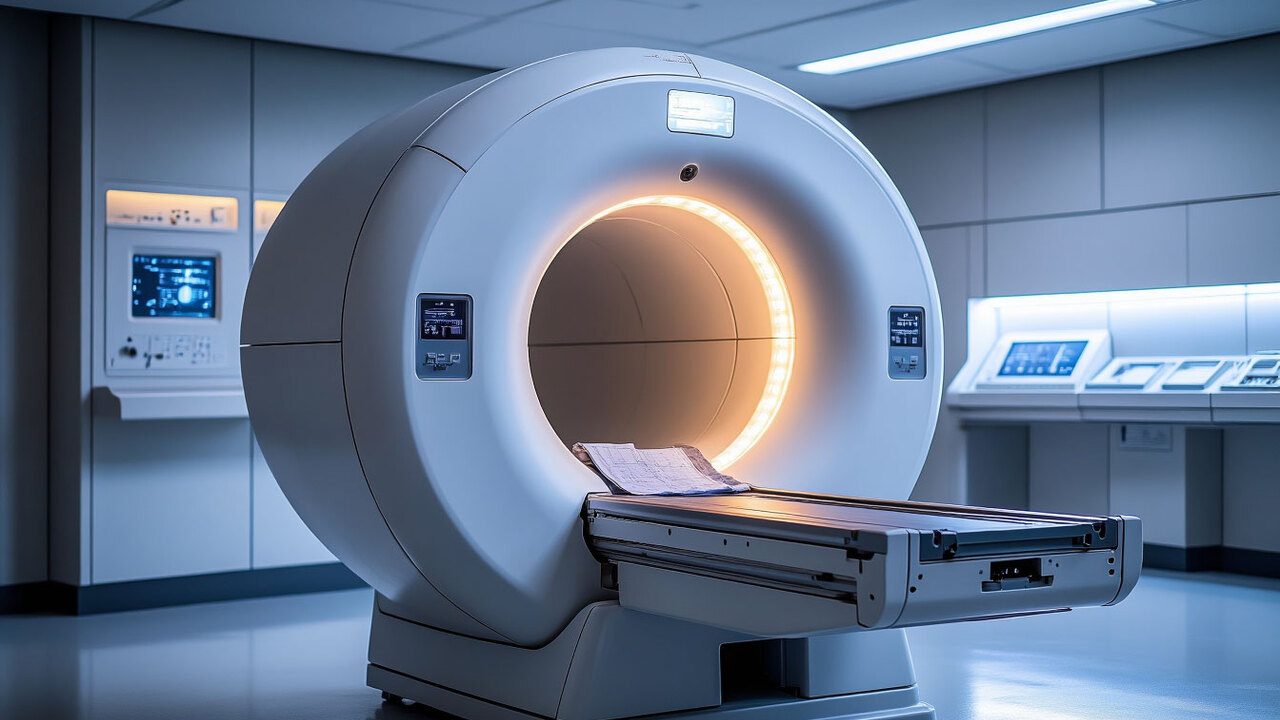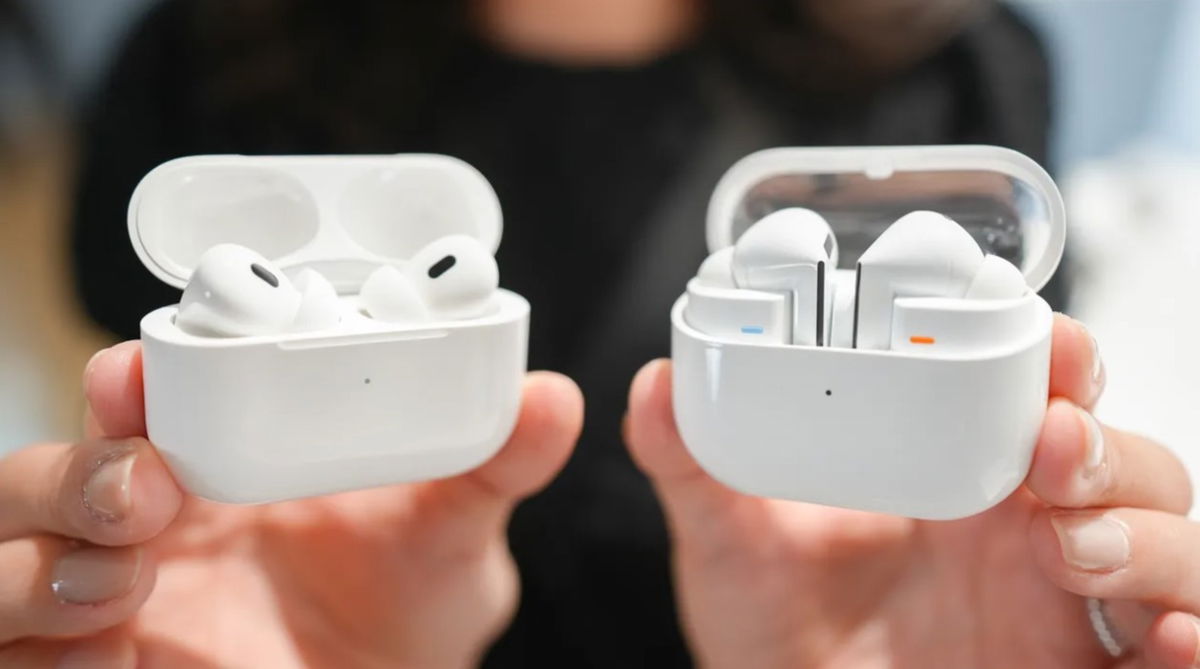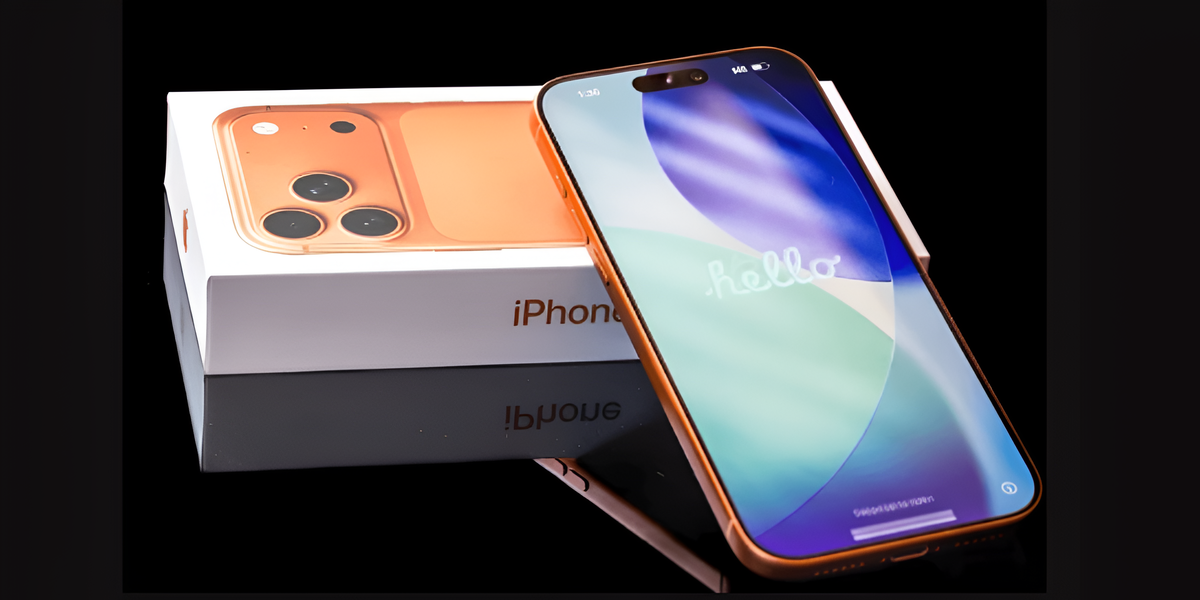What if pain or illness associated with any part of the body was related to what is happening to us in teeth? It was from this question that the discipline known as integrative dentistry. With its help, they try to treat all types of pathologies, paying special attention to oral health. Thus, by filling the cavity, a solution to a very specific physical or emotional problem could be found. It certainly sounds good. But, to the surprise of almost no one, has no scientific evidence. Come on, this is pseudoscience like a cathedral.
Although in the West it is quite fashionable, integrative dentistry based on Chinese traditional medicine. Here is the famous concept of meridians, with channels through which energy flows, connecting different parts of the body. Supposedly, imbalances in these channels can cause a variety of health problems and therefore need to be addressed through techniques such as acupuncture.
foot reflexology This is another discipline based on the meridians of traditional Chinese medicine. This indicates that different parts of the feet are connected by meridians to other parts of the body, so any pathology can be treated with proper manipulation of the feet. The same thing happens in the case of integrative dentistry. It is indicated that each meridian connects one or more organs with two or more teeth and, in turn, many emotions. In this way, energy imbalances can be addressed directly through the teeth, promoting the proper functioning of the rest of the body. Everything seems too good to be true. And this is what should make us start to doubt. But there are other reasons to do this.
Bruxism as a lure of integrative dentistry
If we look at websites dedicated to integrative dentistry, we see that sometimes they use bruxism like bait. That is, they show us something for which there is an explanation and scientific evidence in order to attract us to a discipline that does not have it.
Bruxism is a phenomenon in which a person constantly clenches or grinds his teeth, grinding them down or even causing headaches and pain in the face and jaw area. This is often associated with stress or anxiety. Therefore, it is true that we have an emotional state associated with our teeth. But that’s not what integrative dentistry is about.
Essentially, it associates each set of teeth with a number of organs and emotions. For example, incisors connected with bladder and kidneys. In turn, the latter is considered an organ of coexistence, so incisors born crooked after the loss of baby teeth are associated with problems within the family. In this case, the central incisors are connected with lumbar and sacral regions; Therefore, when caries is detected in these teeth, it is advisable to monitor possible pain in these bones.
What about meridians?
All this, as we have seen, is connected with the existence of meridians along which energy circulates. Vital energyknown as chi. The problem is that even the defenders of the existence of these meridians do not agree on their biological basis. There are many studies demonstrating its existence, but most are methodologically poor and cannot be replicated. In addition, they were published in magazines specializing in alternative medicinetherefore, the study inclusion criteria are not as strict.
Indeed, it has been observed that some meridians coincide with nerve bundles, so it can be explained that controlling them in a certain way can help. treat painas in the case acupuncture. The scientific evidence is also lacking, but it may make some sense. What cannot be explained is that distant parts of the body such as the kidney and incisors can be connected and that problems in one part of the body affect others, including emotionally.
Even his defenders have no explanation for this. There are no serious studies that show that chi exists and therefore connects the parts of the body that are reflected in integrative dentistry.
Money Making Techniques
As is often the case with other pseudosciences, integrative dentistry is focused primarily on economic benefit of those who practice it.
In an article published on the McGill University website, dentist Maria Grossman makes it clear that this technique It is not taught in college, is not recognized as a major, and does not require any preparation.
However professionals who practice integrative dentistry are based specifically on their intended specialization they charge much more than other dentists. To do this, they also resort to such unethical practices as discrediting the techniques with a lot of scientific evidence carried out by ordinary dentists.
For example, they are against endodontics and surgeries gums and root canals.
Prohibited substances
Additionally, integrative dentistry points out the perceived harms from the use of substances such as amalgam used in fillings or fluoride toothpastes.
Grossman acknowledges that in recent years, amalgam has begun to be replaced by more efficient materials. Although it could be further used. However, with regard to fluoride, there is no reason to justify its ban.
It may not be necessary to add it to tap water as is suggested in countries such as USA. However, in toothpaste, it helps strengthen enamel, promote tooth remineralization, and minimize bacterial growth. This is an ideal way to prevent tooth decay.
But of course, if clients don’t use fluoride, they are more likely to develop cavitiesthese cavities can be associated with any physical or mental health problem, and a fortune could be paid for treatment that could have been prevented or, in the worst case scenario, solved with a simple filling.
If we add to this that these dentists often recommend Completely unnecessary detox products, vitamins and other supplements, we are faced with a senseless waste of money. Because no, they don’t send customers to the pharmacy. They usually sell everything themselves.
For all these reasons, if anyone recommends integrative dentistry, run away. Sounds great, but it will make you a lot poorer because the lack of scientific evidence is glaring. Your smile says a lot about you, but it has nothing to do with health of the rest of the body.
Source: Hiper Textual














